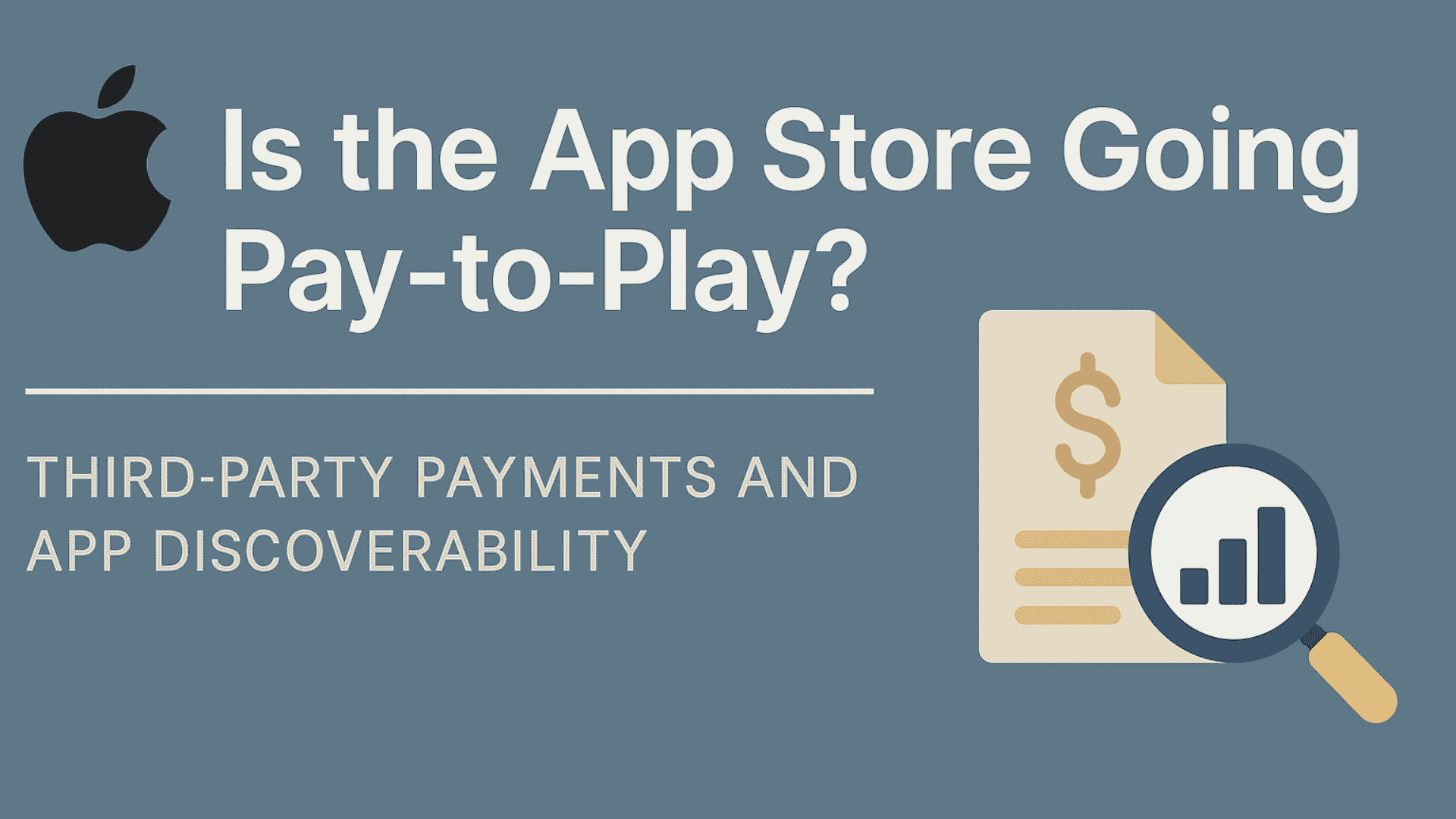
With legal and regulatory pressure mounting, Apple is being forced to open up its App Store to allow third-party payment methods. Spotify is already taking advantage of this change-recently updating its iOS app to let U.S. users make subscription payments through direct external links (The Verge).
On the surface, this seems like a win for developers. No more 15–30% “Apple tax”? Sounds great.
But there’s a catch-and it may hit indie developers hardest.
Apple currently charges 15% for developers in its Small Business Program. External platforms like Stripe charge:
| Platform Component | Fee Structure |
|---|---|
| Stripe Transaction Fee | 2.9% + $0.30 per payment |
| Stripe Tax (optional) | +0.5% per payment |
To see if you’re really saving, let’s compare real-world App Store payment amounts:
Assuming 1,000 purchases per month:
| Transaction Value ($) | Apple Fee ($) | Stripe + Tax Fee ($) | Estimated Savings ($) |
|---|---|---|---|
| 5.99 | 898.50 | 503.66 | 394.84 |
| 1.08 | 162.00 | 336.72 | -174.72 (loss) |
While you save nearly $395/month at $5.99, you’d actually lose money using Stripe at $1.08 due to the fixed $0.30 transaction fee.
With external payments, you’re also taking on:
You’re saving on Apple’s commission-but you’re adding operational and regulatory responsibilities.
If more developers bypass Apple’s payment system, Apple earns less.
And Apple won’t just accept that.
Instead, we might see a shift in how the App Store makes money-moving from revenue share to promotion-based monetization, like:
This isn’t confirmed, but the writing’s on the wall. Apple has already been growing its ad business and offering more paid promotional tools within the App Store.
This trend mirrors what’s happening on other platforms:
Amazon has increasingly become a “pay-to-play” marketplace, where sellers must invest in advertising to achieve visibility. Studies have shown that a significant portion of top search results are sponsored, often at the expense of organic listings. (UCL Institute for Innovation and Public Purpose)
Meta (Facebook and Instagram) relies heavily on advertising revenue, with businesses needing to pay for visibility in users’ feeds. The platform’s algorithms prioritize sponsored content, making it challenging for organic posts to gain traction without ad spend. (Meta Business Help Center)
Historically, apps featured by Apple were chosen for:
If Apple begins monetizing app exposure more aggressively, it could look more like Amazon or Meta: pay to appear, pay to be seen.
For big developers with ad budgets, no problem.
But for small indie devs? It could mean:
There’s no such thing as a free lunch. Even if you save 10–20% on transaction fees, you may need to re-spend that on ads just to maintain your current download rate.
To be clear: much of this is speculative.
Apple hasn’t announced a full shift to ad-based visibility. And it may tread carefully to preserve user trust.
But platforms like Amazon, Google, and Meta show a clear pattern: when fees drop, ads fill the gap.
As Apple adapts to a world of third-party payments, devs-especially smaller ones-should watch carefully. What you save on the backend, you may need to spend on the frontend.
This shift might also push Apple to be more competitive with their pricing. Increased competition could lead to better terms for developers, fostering a more balanced ecosystem.
Thanks for reading. If you’re a developer, I’d love to hear your thoughts:
Would you trade App Store fees for more control and responsibility?